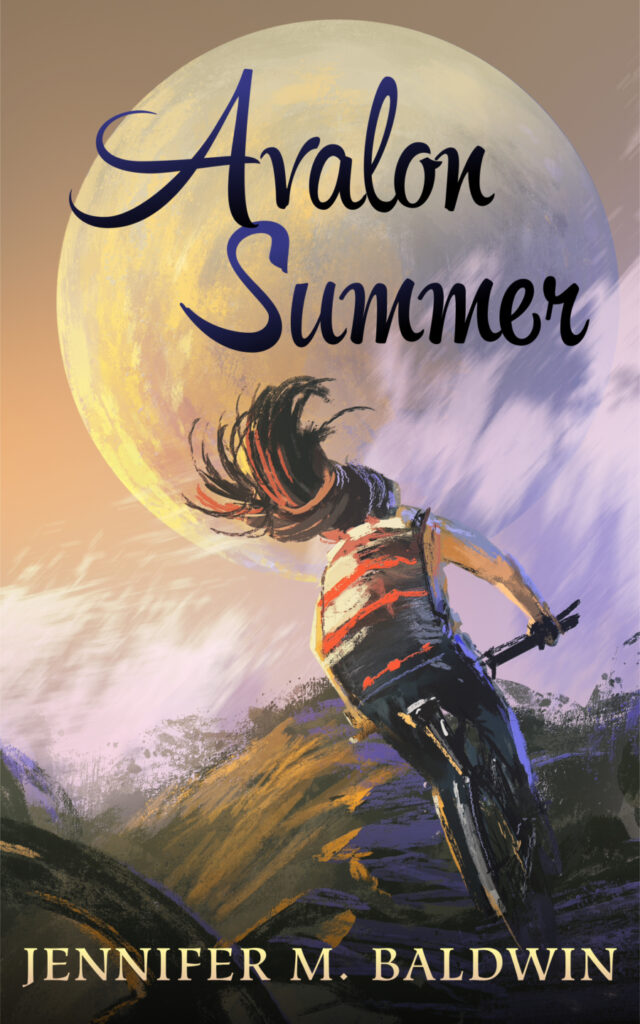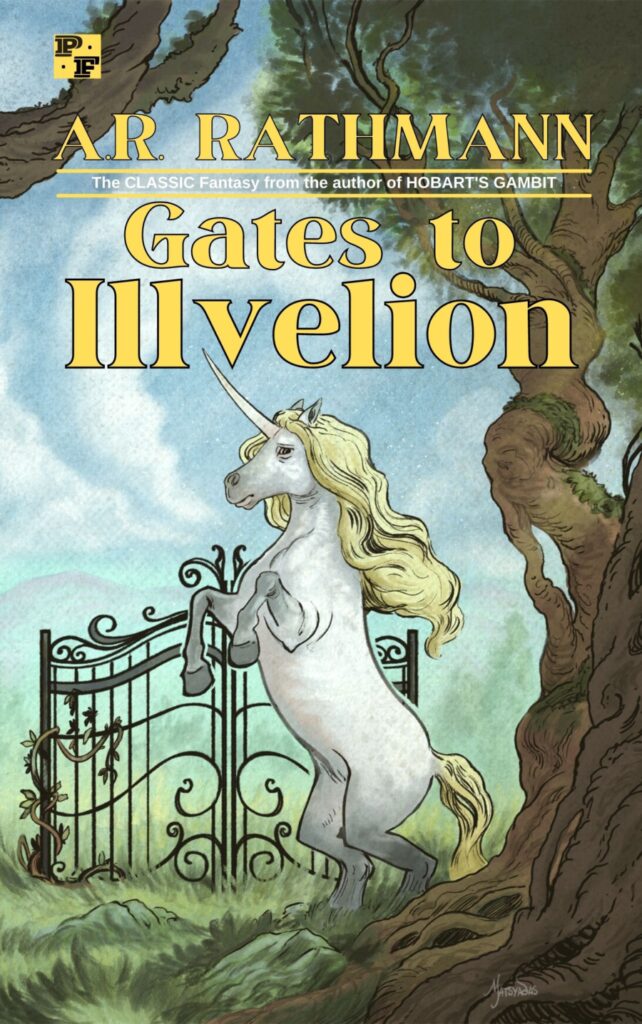I have been trying for quite some time to articulate my love of old school D&D, but every time I sit down to write about it, I can’t quite get a handle on what makes it special to me. On one hand, it’s 100% nostalgia. . . but not in the way you’d think. See, I was never actually allowed to play D&D when I was a kid. My parents believed in the “satanic panic” stuff, so D&D was forbidden, even though they let me play other role-playing games like Pendragon and MERP. But D&D still influenced me as a young kid, from the Endless Quest books to the Dragonlance novels to board games like HeroQuest. I studied the covers of all the D&D rule books, soaked up the Larry Elmore artwork, dreamed of what it would be like to play the game.
So yeah, nostalgia is part of it.
It’s the nostalgia for a certain aesthetic, for a certain vibe that had attached itself to all fantasy-related stuff at the time. That vibe was one part danger (the somewhat forbidden nature of fantasy that borrowed tropes and shared shelf space with D&D products) and one part belonging (here were works of art and entertainment that seemed made almost especially for me: for the shy, bookish, imaginative kid who loved dragons, knights, and high adventure).
This is where my ability to articulate the feeling breaks down. Because why should an aesthetic matter that much? Why does the cover of an Endless Quest book make my heart skip a beat? (I have not read one of these books in nearly thirty years, and I cannot imagine they’re any good.) Is it just because these were the things of my childhood and therefore they give me the warm fuzzies?
I mean, yeah, that’s what nostalgia is, right? But I suppose I’m interested in why nostalgia itself — particularly nostalgia related to literature and art — is such a strong force, and how my nostalgia for old school D&D is not driven by the game itself (of which I never actually played as a kid), but by all the things surrounding and influenced by the game.
See, here’s the thing: I really like playing old school D&D and the OSR-style games that have been come along in recent years. But it’s not because these rule-systems and games remind me of how I used to play back in the day. I didn’t play D&D back in the day! I barely even played MERP and Pendragon.
Nevertheless, these old school games intrigue me. Maybe I’m excited by the fact that I can finally play D&D without any parental chastisement. Or maybe I’m just responding to the nostalgia for the old-school aesthetic. (Truthfully, this IS a big part of it. I really like that DIY, grungy, punk-rock style artwork that accompanies both the old D&D books and the OSR-related new stuff.) But I think that even if D&D 5e came decked out in an “old-school” art edition, I’d still prefer playing the older games (or retro-clones).
Why???
I do, in fact, prefer rules-lite games in general (less headaches trying to figure things out), but I don’t think it’s JUST a matter of rules-lite. Lasers and Feelings is a fantastic game, and as rules-lite as one can get, but it doesn’t stir my heart the way old school D&D does.
No, I think it goes beyond the rules themselves and taps into something deeper within me.
Here’s the deal: When I was a kid, I loved to play pretend. I ran around the woods near my grandparents’ house and pretended to be a warrior fighting goblins and trolls and dragons. I went on epic quests in the backyard. I read fantasy novels and watched fantasy movies, and all the time I wanted to be Bastion or Lucy Pevensie or Dorothy Gale. I wanted to GO to Middle-Earth, even as I knew that was impossible. When I discovered role-playing games, I discovered that there was a way to travel into these realms of magic, even if it was only with pen, and paper, and twenty-sided dice.
And I think THAT is what keeps attracting me to old school D&D. Back in the day, I wanted to play pretend — I wanted to be a sword-fighter or a half-elf or a chivalrous knight — but I wanted to be me as the sword-fighter or the half-elf or the chivalrous knight. I wasn’t pretending to be an entirely different person; I was just myself, but myself as I wished I could be.
As I experienced it, on the periphery, old school D&D wasn’t just about pretending to be someone else. It wasn’t theater or acting class. It was about going into a magical, uncanny world and exploring it through the eyes of a character. The character was the vehicle through which the player could explore this strange and wondrous world. When the runic doorway to the musty dungeon opens and the stench of long-forgotten curses wafts through the forbidding tunnels, it’s ME standing there smelling it and peering into the darkness. But it’s me AS a warrior, or a wizard, or a crafty rogue. To put it another way, it’s both Me and Not-Me at the same time.
That’s the genius of the Choose Your Own Adventure books, or Endless Quest, or Lone Wolf. It’s the second person pronoun: “You.” You are the one on the adventure, not a character who is totally separate from yourself.
Me: I’m the one standing upon that threshold. The character/PC is just the avatar. I want to see how I’ll handle the dangers of the dungeon, how I’ll face down the orcs and the traps and the lich-king. THAT is what I’m nostalgic for. For that feeling of being able to imagine myself in the fantasy world.
Being the game master or dungeon master or referee is about acting out all these different characters. But being a player is about being myself, of seeing how I would stack up in a world filled with peril and wonders to behold.


